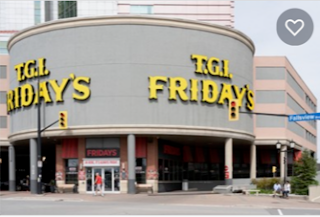For roughly a decade, on the island of Brigantine in New Jersey, the view of a pier overlooking the ocean was conspicuously dominated by an imposing gray five-story medieval structure known to all as Brigantine Castle.
With over a million visitors a year stopping in for some bonafide frights and chills, the haunted house amusement was a popular sensation on the former site of what was initially known as the Seahorse Fishing Pier.
In 1976, businessman Carmen Ricci noticed the derelict pier and knew something was missing. It needed appeal. It needed renewal. It needed... a deranged maniac wielding a bloody axe? Ricci certainly thought so. He began construction of the wooden castle alongside accompanying eateries, shops and attractions similarly developed for the revitalized summer recreation area.
The castle boasted 100-foot high turrets and housed mad laboratories, dungeons and torture chambers which came to life through the tireless work of 35 performers, mostly drama students, some of who played zombies, witches and werewolves. Many of the cast and crew also crafted their costumes and make-up and even assisted in the castle’s initial construction.
Another crucial key to the attraction’s success was Ricci’s smart and prolific ad campaigns which featured the castle’s famed East Coast radio and TV spots ensuring visitors that “It’s alive!”
Following costly storm damage and tightening federal regulations after a haunted house tragedy at Six Flags Great Adventure in Jackson, NJ, Ricci closed the castle and sold the pier for $1 million. Eerily, the structure burned completely down during the week that a complete demolition was scheduled.
The heyday of the spook-tacular seaside horror attractions may be long gone, but for those who remember those grisly thrills and scares, Brigantine Castle’s memories have never ceased to haunt.
Contact Chris: |  Christopher Robinson |














